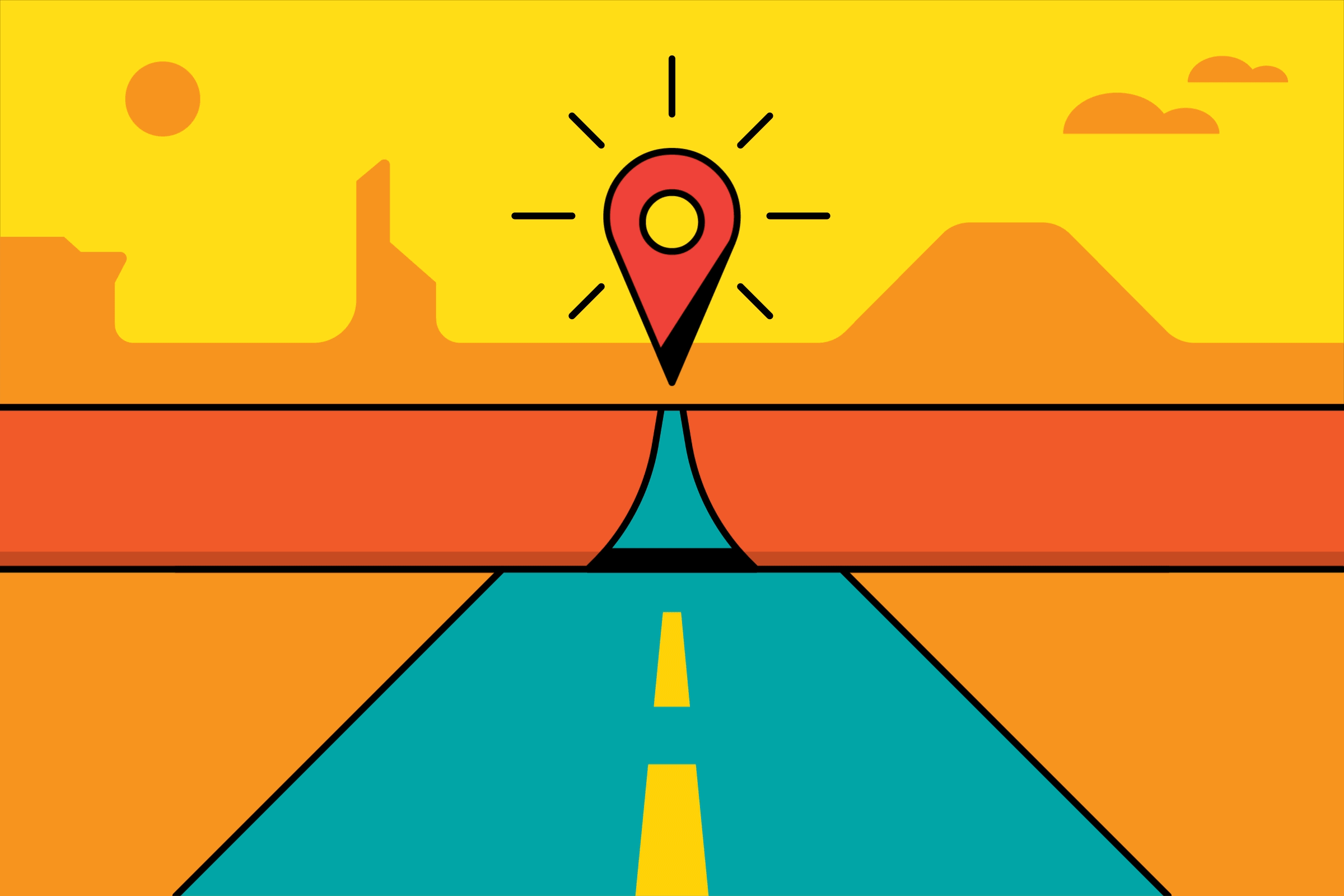A 12-Stop Program at Ocean’s Edge
Ventura County’s 43 miles of shoreline offer several fine beaches on which to saunter. While the northern and southern parts of the county coastline are rocky and not very hiker-friendly, Ventura’s mid-county coastline is a beachcomber’s delight. This coast is characterized by broad, sandy beaches and wetlands at the mouths of the Santa Clara and Ventura rivers.
Of special interest to beach hikers is the Ventura River mouth, where several ecological communities converge: sand dunes, a flood plain, cobblestone beach, riparian woodland and wetlands. Botanists have tallied about 300 plant species in the area; more than half of them are native. Bird-watchers have tallied 233 different species.
This diversity of river- and ocean-front life is explored by the new Ocean’s Edge Trail. The path is a 12-stop, interpreted nature trail keyed to a descriptive pamphlet available at the trail head.
During the summer of 1995, the city of Ventura, the State Coastal Conservancy and California State Parks began efforts to restore the area’s dune and riparian ecosystems. Invasive nonnative plants are being removed, and appropriate native ones planted.
In the early years of this century, local naturalist E.P. Foster envisioned a world-class park such as San Francisco’s Golden Gate. He donated land at the Ventura River’s mouth to the county to create such a park. Alas, by the time the county began landscaping the area with Monterey pine, eucalyptus and palms, the Great Depression of the 1930s struck and money ran out.
Instead of “Ventura’s Golden Gate,” the park became known as “Hobo Jungle” because of the many vagabonds who camped in the wetlands there. In bad weather, the homeless slept under the railroad bridge. The city of Ventura, which owns the park, renamed it Seaside Wilderness Park.
In the meantime, Ventura socialite Emma Wood acquired land holdings on the coastal slope of north Ventura County, land that was originally part of Rancho San Miguelito. She died in 1944; in the late 1950s her husband and heir gave the state the beach west of the railroad overpass, a stretch of coast long popular with the public.
There is a short trail that leads across the Ventura River flood plain. The river has spilled over the banks of its main channel 14 times since 1832--most recently in 1995. Such flooding is a positive force in the ecology of the river’s estuary. The interpreted trail tours a riparian woodland of willow and black cottonwood; an accompanying brochure describes the river’s history and habitats.
Ocean’s Edge Trail takes you along Emma Wood’s mixed rock and sand beach to Seaside Wilderness Park, where pine and palm trees rise above low sand dunes. The nature trail explores wetlands, including a second mouth of the Ventura River, a lagoon and sandbars.
Directions to trail head: Emma Wood State Beach is located at the south end of old Pacific Coast Highway, north of West Main Street in Ventura. The turnoff for the Ventura River Group Camp area is just before the onramp to northbound U.S. 101.
To reach the Ventura River Group Camp portion of Emma Wood State Beach from Ventura, exit U.S. 101 on California Street. Travel north two blocks to Main Street, turn left and proceed a mile to the entrance of the camp on the left. The day-use fee is $5 per vehicle.
You also can park for free just outside the park and walk under the highway overpass to the group campground. Signed Ocean’s Edge Trail begins at an information display on the ocean side of the campground.
(BEGIN TEXT OF INFOBOX / INFOGRAPHIC)
Ocean’s Edge Trail
WHERE: Emma Wood State Beach, Seaside Wilderness Park.
DISTANCE: Emma Wood State Beach to Seaside Wilderness Park is 1.3 miles round trip.
HIGHLIGHTS: Abundant flora, native and exotic; intriguing local history.
TERRAIN: Sand dunes, cobblestone beach, Ventura River mouth.
DEGREE OF DIFFICULTY: Easy.
FOR MORE INFORMATION: California State Parks, Channel Coast District, 1935 Cliff Drive, No.27, Santa Barbara, CA 93105; tel. (805) 899-1400.
Sign up for The Wild
We’ll help you find the best places to hike, bike and run, as well as the perfect silent spots for meditation and yoga.
You may occasionally receive promotional content from the Los Angeles Times.



